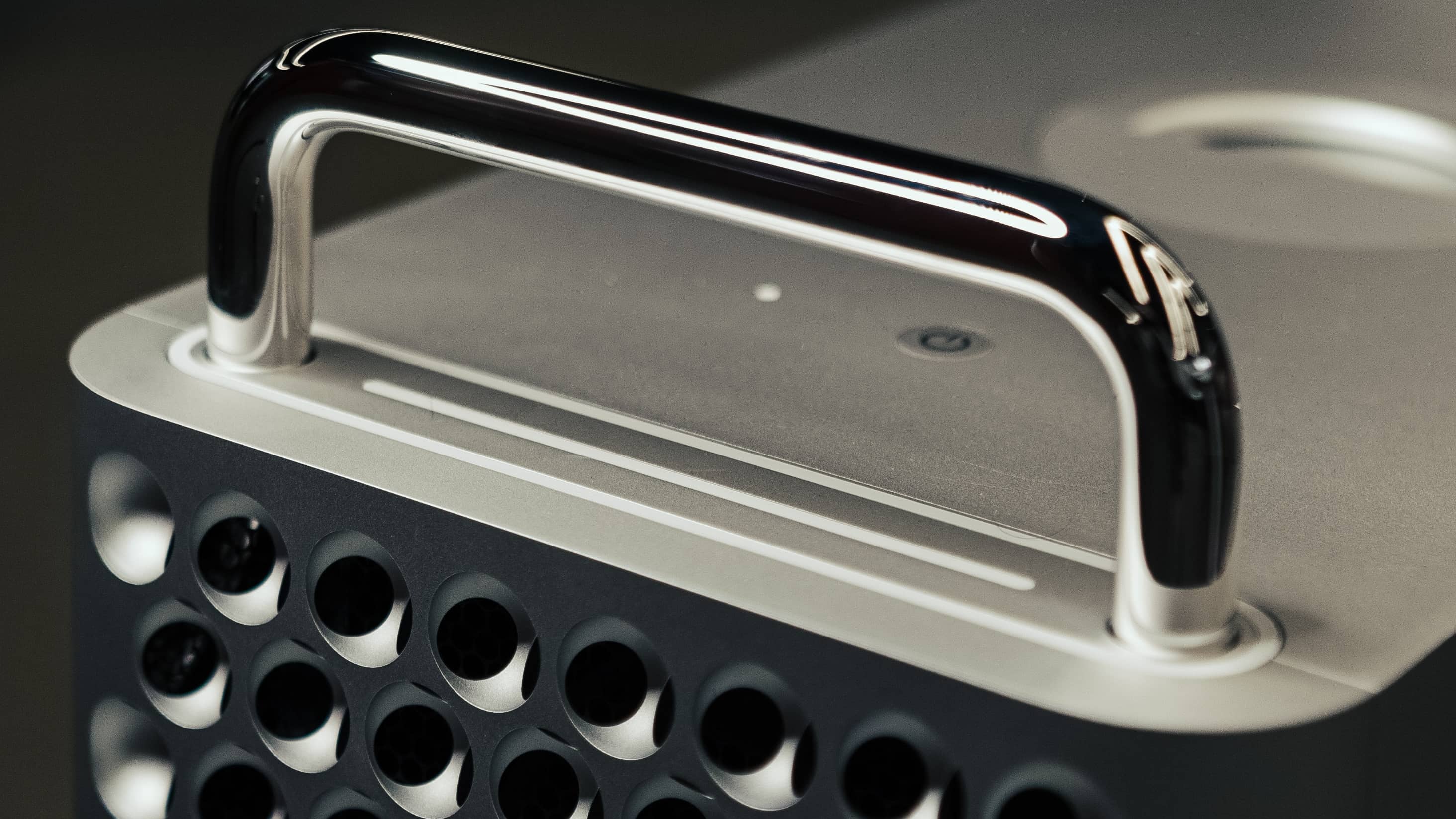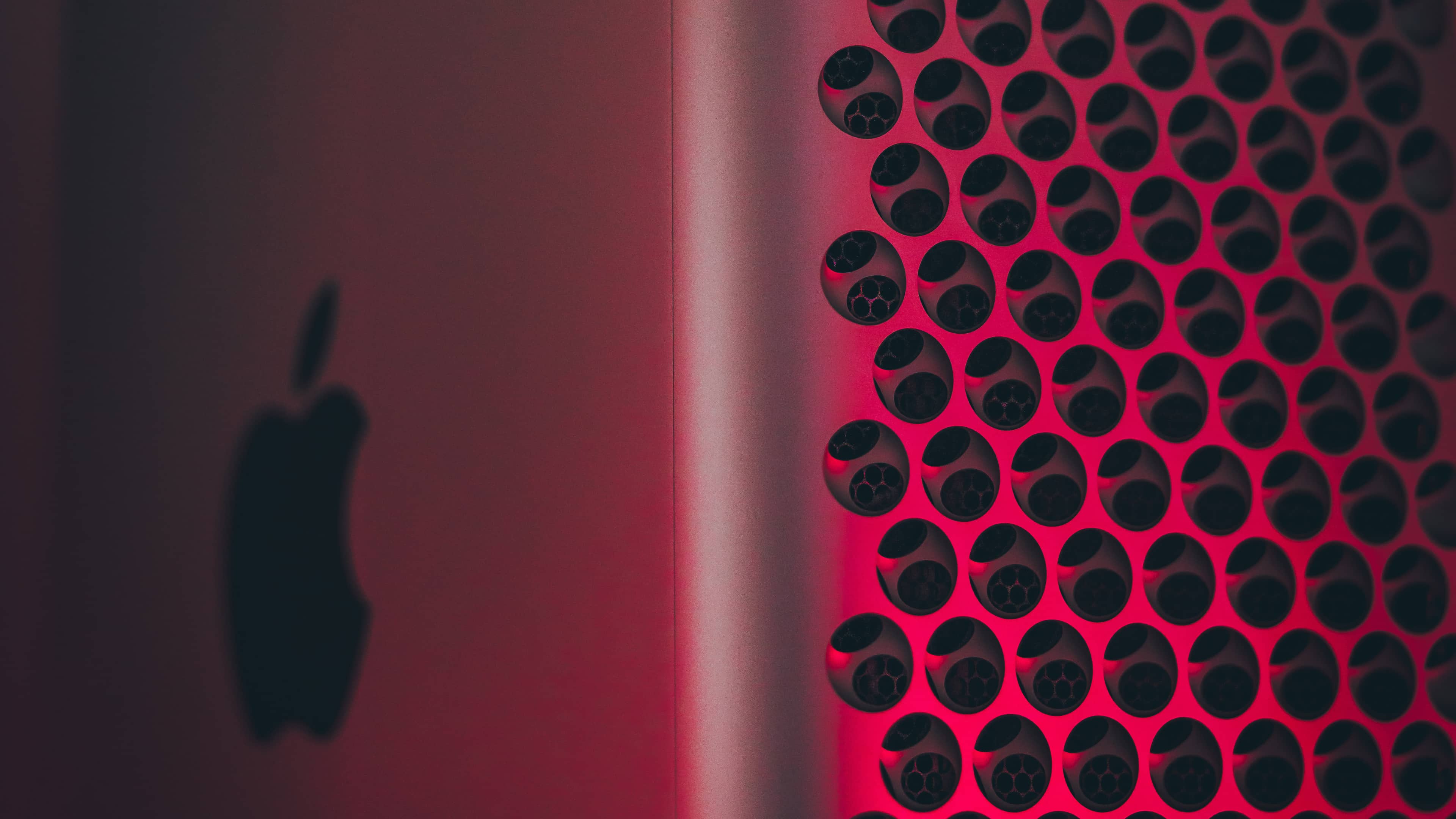Users won’t be able to perform Mac Pro RAM upgrades when the current Intel-based model receives an Apple silicon treatment sometime in 2023, a new report alleges.

- What’s happening? Bloomberg‘s Mark Gurman claims the next Mac Pro won’t let you perform memory upgrades because the RAM will be soldered to the CPU. The new machine could also look virtually unchanged from the 2019 model.
- Why care? The new Mac Pro will offer SSD upgrades, but not being able to replace the RAM is a step back from the current Intel-based Mac Pro.
- What to do? Hope this rumor won’t come true.
Will you be able to upgrade RAM on the new Mac Pro?
One of the hallmark features of the Mac Pro, the easy expandability of additional memory, could be going away with the next refresh coming down the pipeline in 2023. Plus, Apple may have scaled back a high-end model of the Mac Pro that would have used an M2 Extreme with 48 CPU cores and 152 graphics cores.
“The company made the decision because of both the complexity and cost of producing a processor that is essentially four M2 Max chips fused together,” Gurman wrote. That model will instead use an M2 Ultra chip (four M2 Max chips fused together) but lose RAM upgradeability in the process.
Gurman wrote in the previous edition of his newsletter that the high-end version of the Mac Pro could be assembled in Vietnam instead of in China, like most iPhones. The current model is assembled in Austin, Texas, using parts manufactured in China.
How will the next Mac Pro differ from the Mac Studio?

According to Gurman, the new Mac Pro will still offer upgradeable flash storage using two available slots for SSD upgrades. There will also be slots for graphics, media and networking cards. With that said, how exactly will the next Mac Pro differ from the company’s Mac Studio system?
Obviously, the lack of user-upgradeable RAM is one way of thinking about it. The Mac Studio is also more compact than the Mac Pro’s tower enclosure.
At the end of the day, the Mac Pro will offer more expansion ports than any other Mac. But beyond its expandability, most creative pros may prefer the cheaper ($3,999) and smaller Mac Studio over the much pricier and bulkier Mac Pro that could start at $5,999 and go all the way up to $10,000 for the high-end model.
Why does Apple silicon not support RAM upgrades?
The next Mac Pro reportedly losing its RAM upgradability is most likely an unintended side-effect of an Apple silicon adoption.
All Apple-designed Mac chips (the M1 and M2 families) combine a system-on-a-chip and the RAM on a single die. Such a unified memory configuration lets the CPU, GPU, Neural engine and other units share the RAM but prevents user upgrades because the RAM and the system-on-a-chip are mounted together.
The next Mac Pro might not have an updated design

None of this is expected to impact the vast majority of customers who don’t buy Apple’s most expensive computer. And for those who need the kind of power the Mac Pro provides, Apple offers the new Mac Studio desktop.
The 2019 Mac Pro debuted a lattice design, superseding Apple’s dysfunctional trashcan-style Mac Pro. According to Gurman, the next Mac Pro model will retain that “cheese grater” appearance, resulting in virtually the same design.
A “cheese grater” iPhone appears in an Apple patent
Apple could expand the Mac Pro’s lattice design to other devices. In 2021, USPTO granted Apple a patent titled “Housing construction.”
The invention would take advantage of the Mac Pro’s familiar lattice pattern to improve cooling on devices like the iPhone and conduct heat away from internal components more effectively. The lattice structure on an iPhone may result in “a unique and pleasing look and feel” when handling the device, reads Apple’s granted patent filed with the US Patent and Trademark Office under the number 10,966,343.